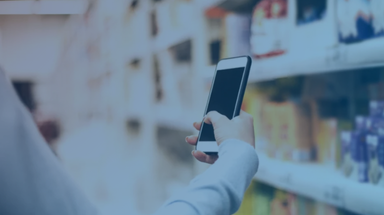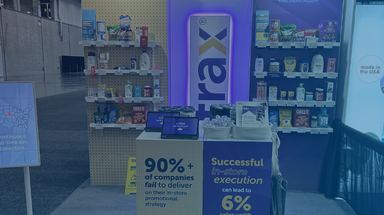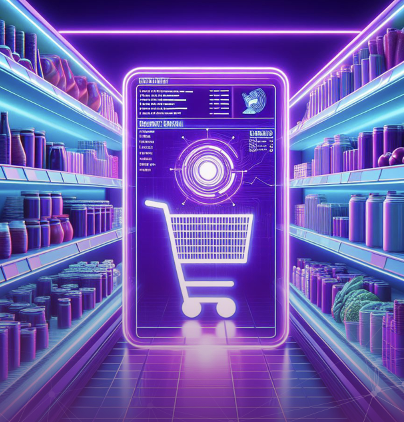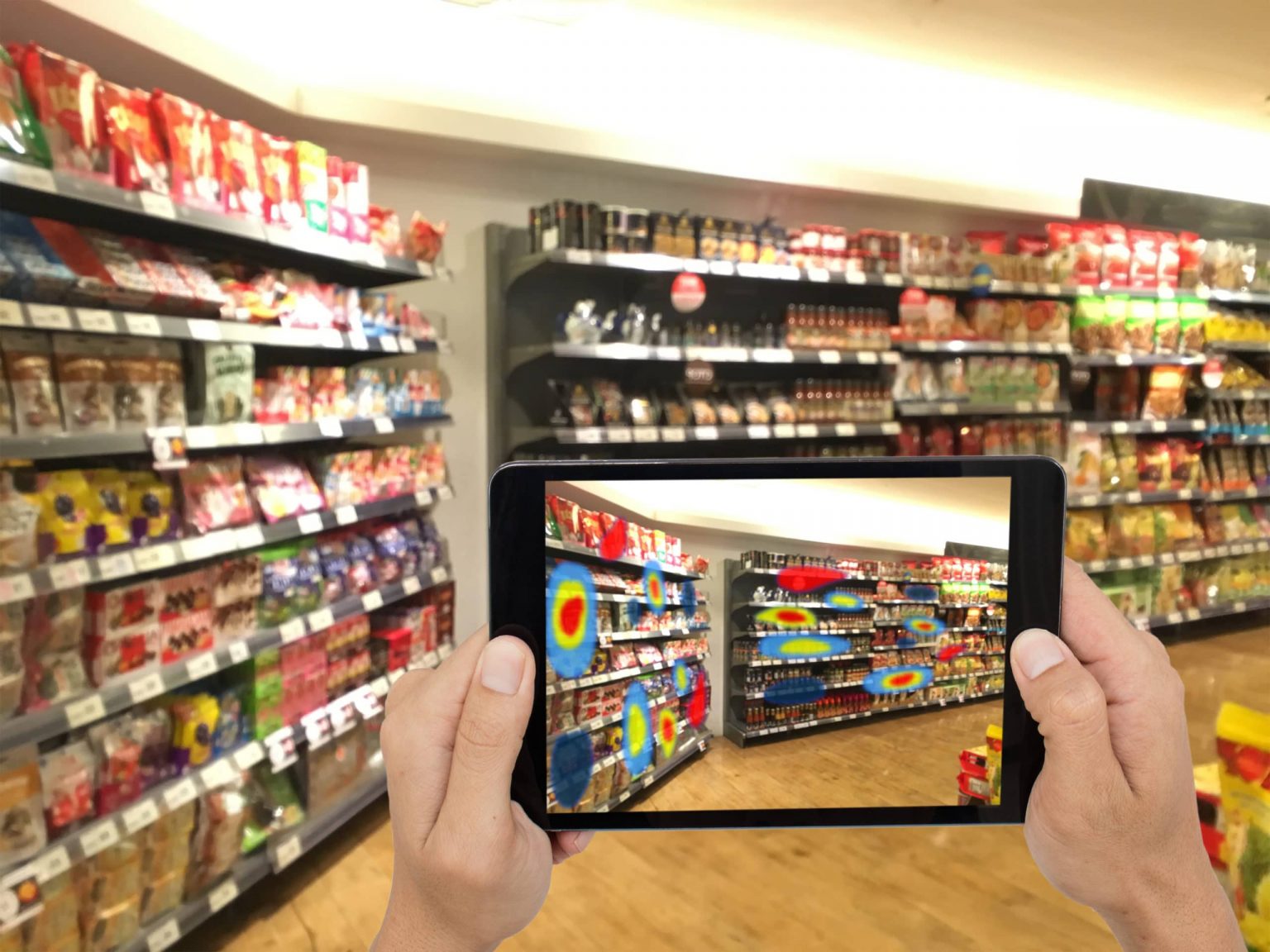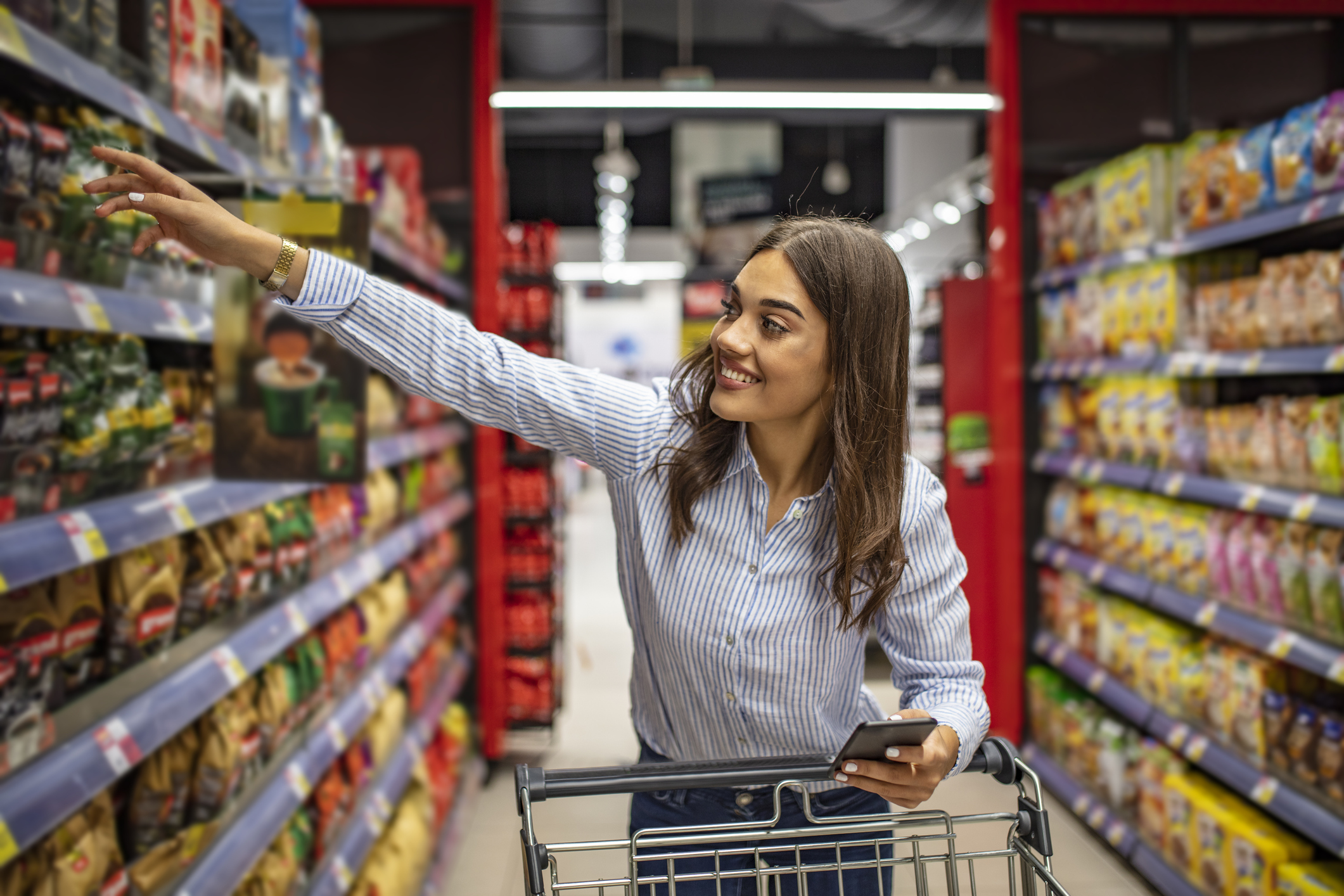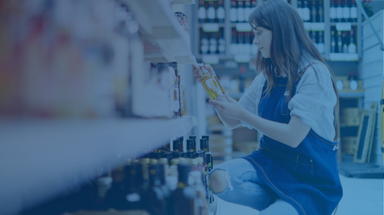Blog Articles
Explore Trax’s latest resources that will make a difference
Blog
Case Study
As we end Hispanic Heritage Month, celebrated from September 15 to October 15, we wanted to take a moment and recognize the traditions, celebrations and culture through our teammat...
Blog
Case Study
In an insightful interview with the Category Management Association, Matt Greene, Vice President of Enterprise Sales and Account Management, Americas at Trax, shared his expertise ...
Blog
Case Study
The retail landscape is evolving at hyper speed, and the challenges that come with it are complex and multifaceted. At this year’s NACDS TSE in Boston, we delved deep into the pr...
Blog
Case Study
We had the privilege of participating with different panelists in Grupo Ohla’s session titled “High Impact Trends and Technologies”. The session highlighted the growing ...
Recientemente, tuvimos el privilegio de participar junto a diferentes panelistas en el segundo Summit Latin América 2024 de Grupo Ohla en una sesión titulada “Tendencias y Tecnologías de Alto Impacto” . En la sesión se destacó la creciente importancia de la transformación digital y cómo las empresas deben adaptarse rápidamente para mantenerse competitivas en un entorno cada vez más dinámico y tecnológicamente avanzado.
Blog
Case Study
In today’s competitive retail landscape, winning at retail execution is no easy feat. However, one strategy that has proven to be effective is leveraging in-store data. This...
In today's competitive retail landscape, winning at retail execution is no easy feat. However, one strategy that has proven to be effective is leveraging in-store data. This was a key topic discussed at the recent Path to Purchase Retail Media Summit in a session led by Trax and Tyson Foods. The session, titled, "Insight to Impact: Using In-Store Data for Retail Execution Strategies,", presented by Sean O’Dowd, Sales Director at Trax and Matt Roughton, Director of Category & Shopper Strategy at Tyson Foods; delved into the power of utilizing in-store data to drive impactful retail execution. In this article, we will explore the key takeaways from the session and highlight the importance of utilizing in-store data in today's retail landscape.
Blog
Case Study
At the Summit Latin America, a workshop titled “Conquering the Latin American Market,” presented by Trax and Kraft Heinz, was held. This workshop provided deep insight...
En la reciente cumbre Summit Latin America 2024, se llevó a cabo un taller titulado "Conquistando el Mercado Latinoamericano," presentado por Trax y Kraft Heinz. Este taller brindó una perspectiva profunda sobre cómo una empresa puede expandirse exitosamente en una región tan diversa y desafiante como América Latina. A continuación, resumimos los puntos clave discutidos por Rifka Bernstein VP de Account Management en Trax, y Nicolás Aranguren, Director de Categorías Hispanas para Kraft Heinz.
Blog
Case Study
In the fast-paced and evolving landscape of advertising, Retail Media Networks (RMNs) have emerged as a beacon of innovation and efficiency, fundamentally reshaping the way brands ...
In the fast-paced and evolving landscape of advertising, Retail Media Networks (RMNs) have emerged as a beacon of innovation and efficiency, fundamentally reshaping the way brands connect with their consumers. Dominated by behemoths such as Amazon Advertising, Walmart Connect, and Kroger Precision Marketing, RMNs offer access to consumer insights through first-party data, allowing for personalized targeting at a scale previously unimaginable. In 2022 alone, Amazon Advertising commanded a staggering 75% market share with revenue reaching $37.7 billion, underscoring the colossal impact of RMNs in the advertising ecosystem.
Blog
Case Study
In the fast-paced and competitive world of Consumer Packaged Goods (CPG), mastering in-store execution is a strategic imperative. Elevating sales, bolstering brand visibility, and ...
Blog
Case Study
Learn How AI Merchandising Will Reshape Retail
The future of retail is calling out to all retailers and CPG brands. Are you prepared for a revolutionary shift in retail? The indust...
Learn how AI Merchandising & AI Technology will reshape the retail landscape along with examples of brands that have used various types of AI.
Blog
Case Study
At this years AdWeek Events, Trax engaged in a conversation with Mondelez’s Regional Vice President of Omni Shopper Activation and Strategic Partnership, Steve McGowan. This ...
From watching the video, gain better insights into various aspects of consumer engagement, shopper marketing, and the evolving landscape of retail, particularly in the context of digital technology integration.
Blog
Case Study
In today’s rapidly evolving Consumer Packaged Goods (CPG) landscape, optimising shelf space is more critical than ever. Retailers and CPG companies alike strive to maximise ...
Blog
Case Study
Discover the strategies and unique data collection that leading CPG brands are using to ensure products are on the shelf, displayed correctly and moving those units just as fast....
Discover the strategies and unique data collection that leading CPG brands are using to ensure products are on the shelf, displayed correctly and moving those units just as fast.


